New Data Shows How Much People on Weight-Loss Drugs Are Saving on Groceries
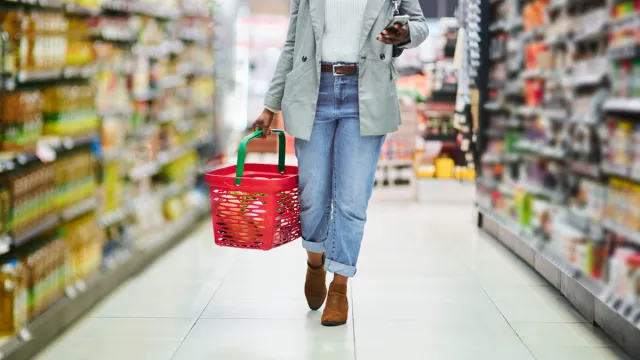
By now, almost everyone has heard of Ozempic, which is the brand name for semaglutide, a GLP-1 analog drug. Until recently, GLP-1 drugs were used for diabetes management, but nowadays, you likely know someone taking one of these medications for weight loss. The drug slows the movement of food from the stomach to the small intestine, making users feel fuller faster—and for longer.
Many users experience a shrinking appetite on GLP-1 drugs, which also has an impact on how much food they purchase. In a December report, the data analytics firm Numerator found these people may see lower grocery store bills, according to reporting by Supermarket News. The study analyzed a group of 100,000 GLP-1 users classified into three buckets: those who wanted to lose fewer than 15 pounds, those who wanted to lose more than 15 pounds, and those who take the drug for diabetes.
“A year ago, almost all users of these medications were using it for diabetes management, and only 10% were using it for weight loss. Now, almost 50% of those using these medications are doing so for weight loss,” Numerator chief economist Leo Feler, PhD, told Supermarket News.
And more potential patients are waiting in the wings.
“There are another 20% of households saying they’re interested in taking these medications for weight loss in the future—they’re just waiting for prices to come down and to see how safe and effective these medications are,” Feler added.
Read on to find out what effect these medications are already having on shoppers’ grocery bills.
RELATED: Shoppers Are Turning Away From Walmart—And Ozempic May Be to Blame.
GLP-1 users’ grocery bills are way cheaper.
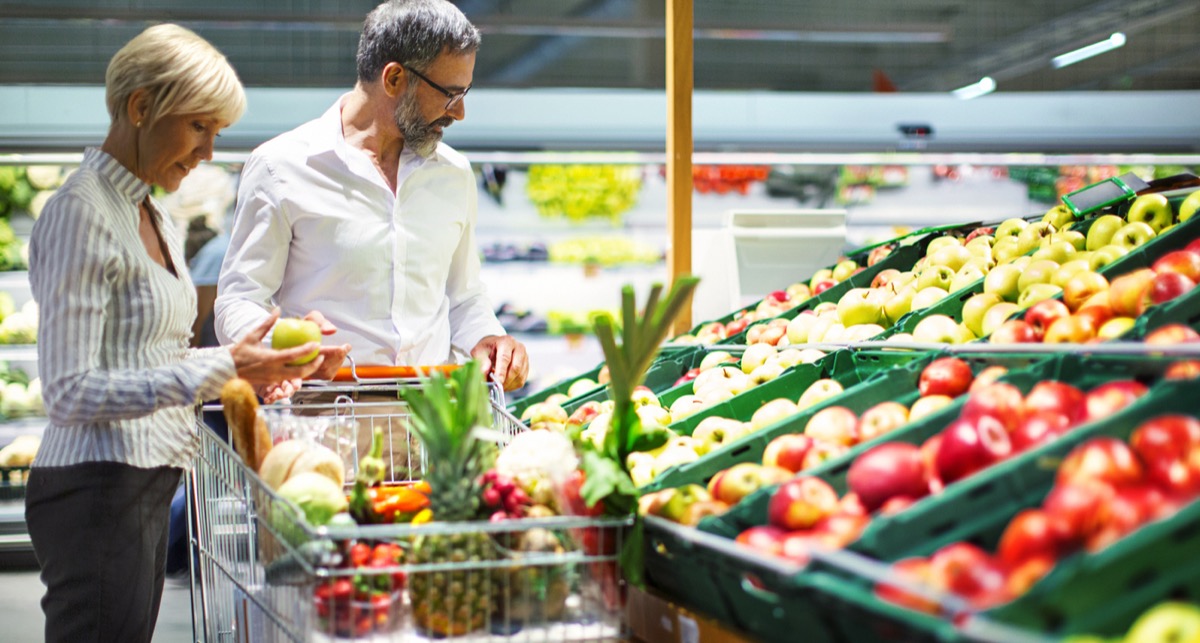
The study found that those using GLP-1 drugs over the last three months typically saw more affordable grocery bills. Those who took them for diabetes management lowered spending by 2.6 percent, and those with a goal of losing more than 15 pounds cut their bill by 7.7 percent. Interestingly, those looking to lose 15 pounds or fewer reduced their spending the most, at 11 percent.
However, that doesn’t mean GLP-1 drugs are an effective budgeting tool. According to Reuters, the drugs are typically priced at $1,000 per patient per month. So, even if you save a bit on groceries weekly, you’re still looking at a steep bill. Here’s a look at where those savings come into play.
RELATED: Certain Foods Trigger Natural Ozempic-Like Weight Loss Effect, Doctor Says.
Snacks
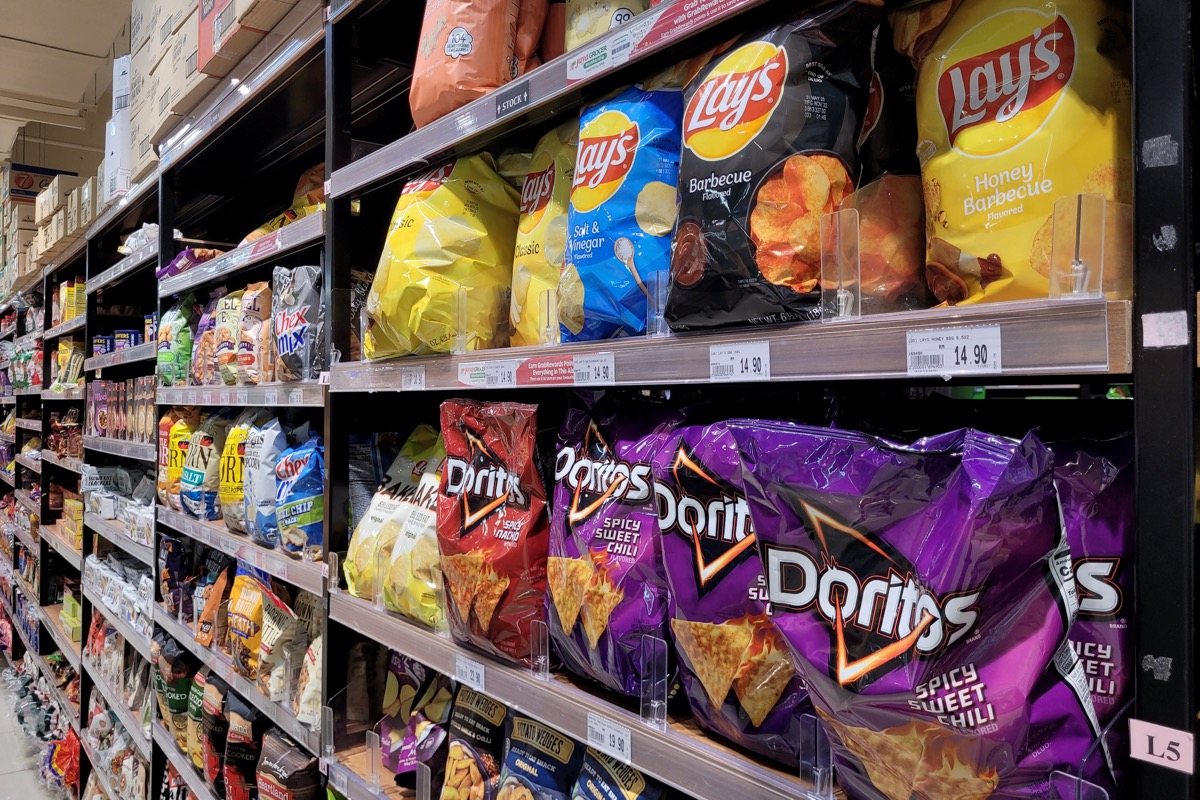
Unsurprisingly, those taking GLP-1 drugs for weight loss are making fewer trips to the snack aisle. The study found that patients aiming to lose up to 15 pounds cut snack purchases by 8.8 percent, and those aiming to lose more reduced snack spending by 7 percent.
Ice Cream
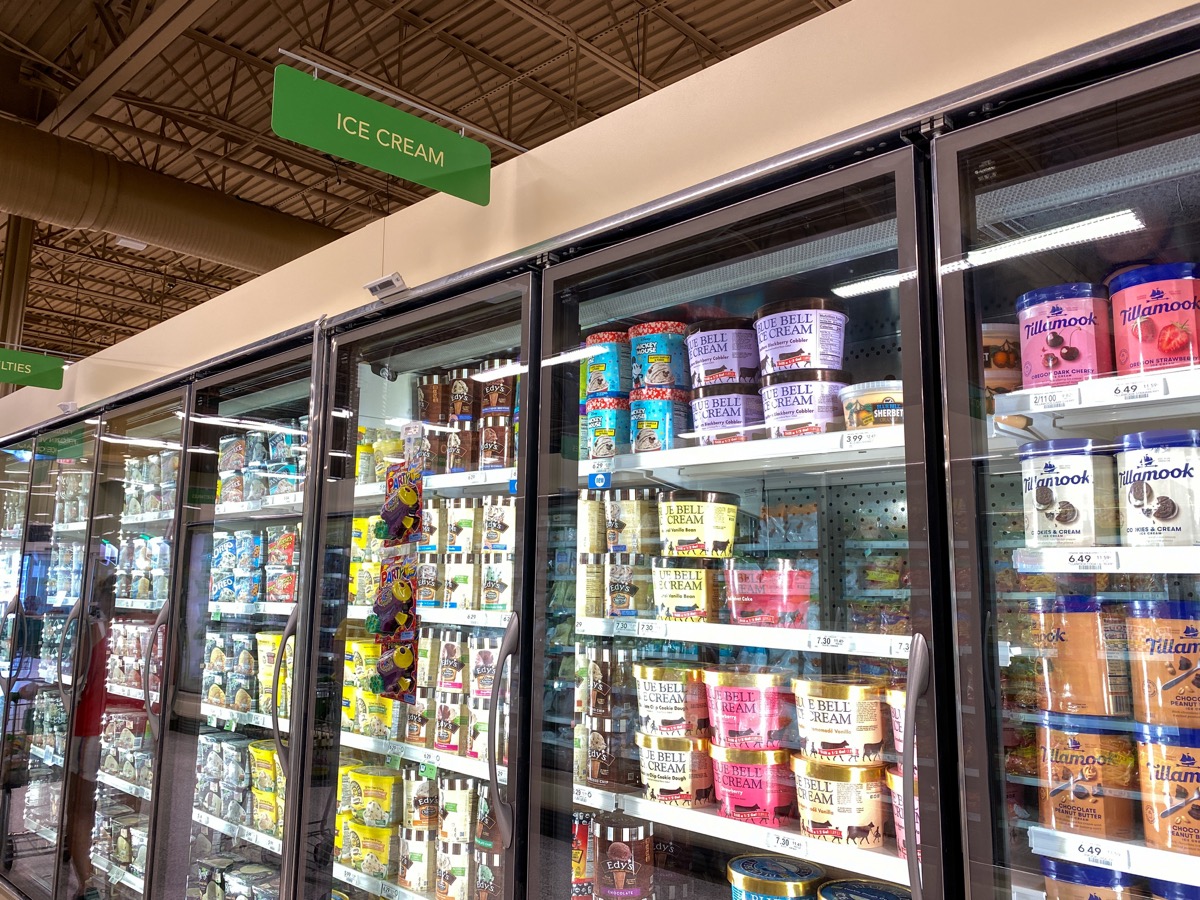
People looking to lose fewer than 15 pounds cut ice cream spending by 9 percent. Those looking to lose more than 15 pounds slashed it by 3 percent, and those using GLP-1 drugs for diabetes increased ice cream spending by 1.7 percent.
RELATED: Ozempic Has Food Brands Like Nestlé and Krispy Kreme in a Panic.
Frozen Foods
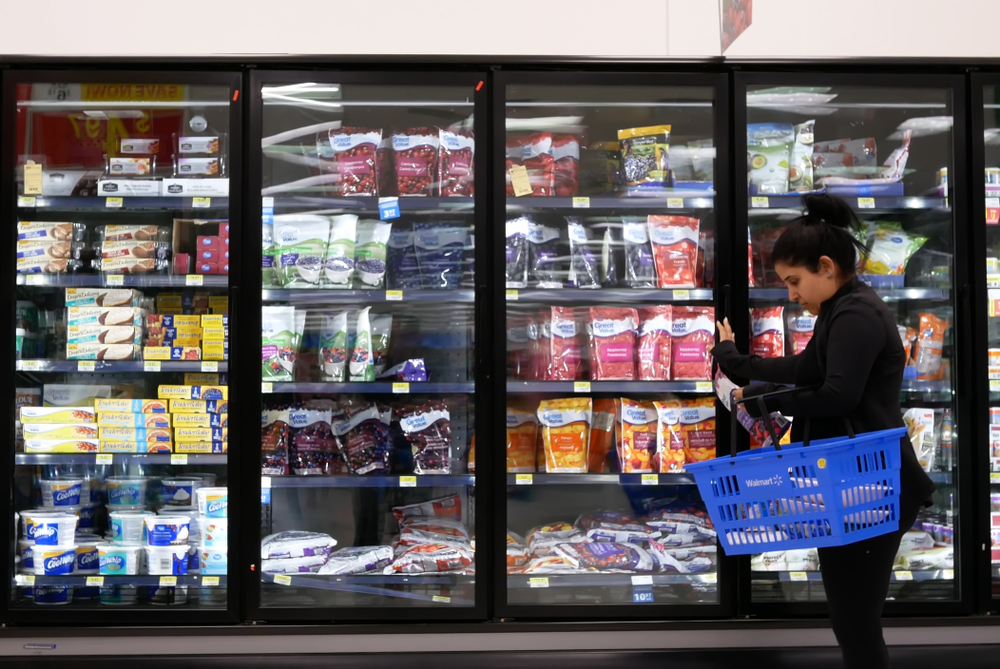
While this category is quite broad, it’s often comprised of processed foods, like frozen meals, meats, and snacks. The group aiming to lose up to 15 pounds cut their purchases by 9.5 percent, and the group aiming to lose more reduced spending by 4.7 percent.
Pantry Staples
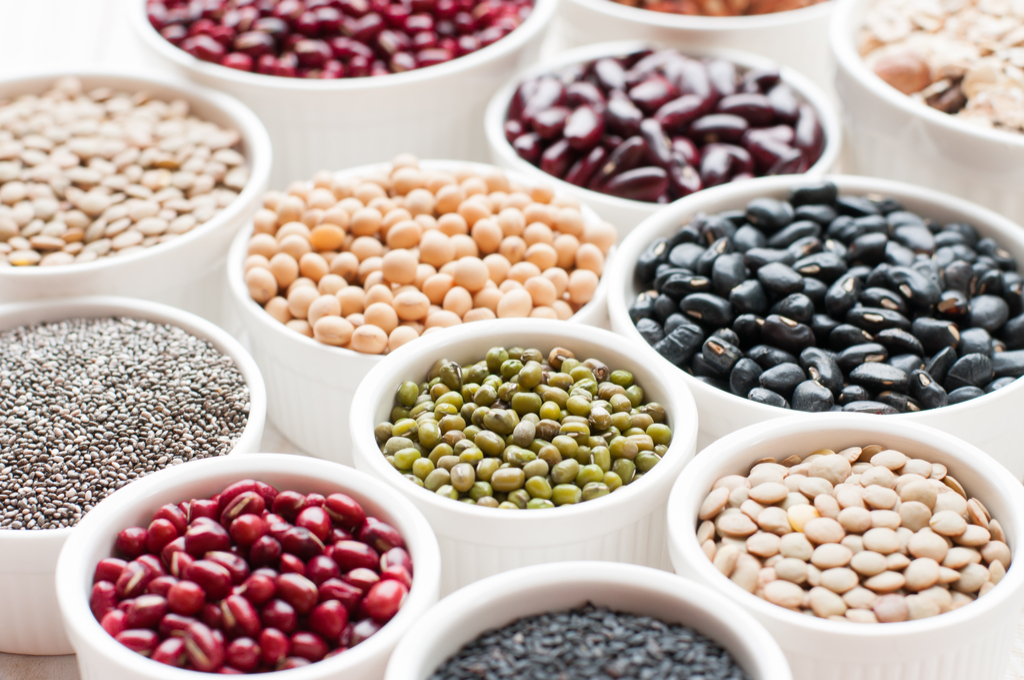
Pantry staples typically make up the bulk of many visits to the grocery store—they’re what allow you to put meals together out of fresh ingredients. But even this category wasn’t safe from GLP-1 drug users. People bought between 10 and 20 percent less beans and grains, refrigerated foods, and meat. They also bought between 5 and 10 percent less condiments, dairy, pasta, noodles, and canned foods.
Sweet Treats
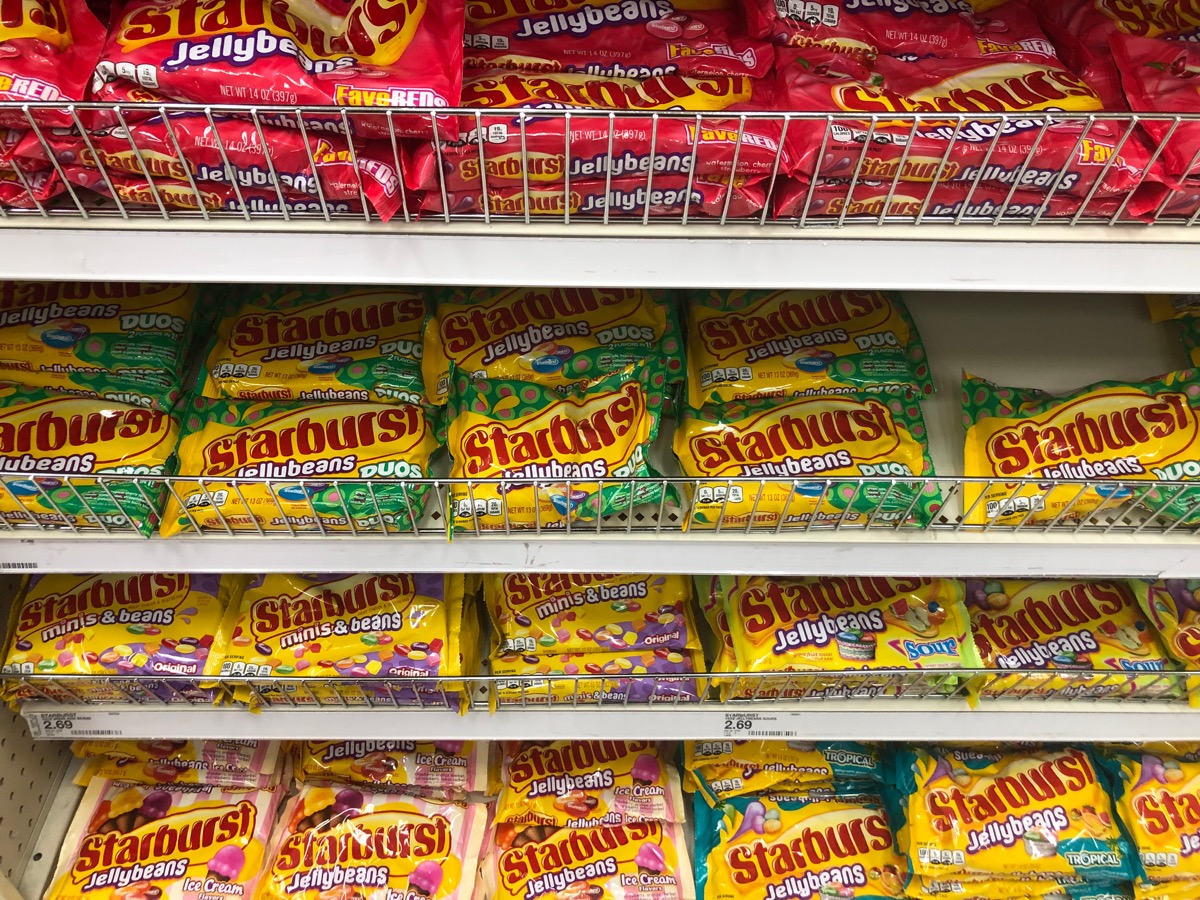
No surprise here: People on GLP-1 drugs bought 10 to 20 percent less packaged bakery items, in-store bakery items, and breakfast foods. They also bought between 5 and 10 percent less candy.
RELATED: For more up-to-date information, sign up for our daily newsletter.